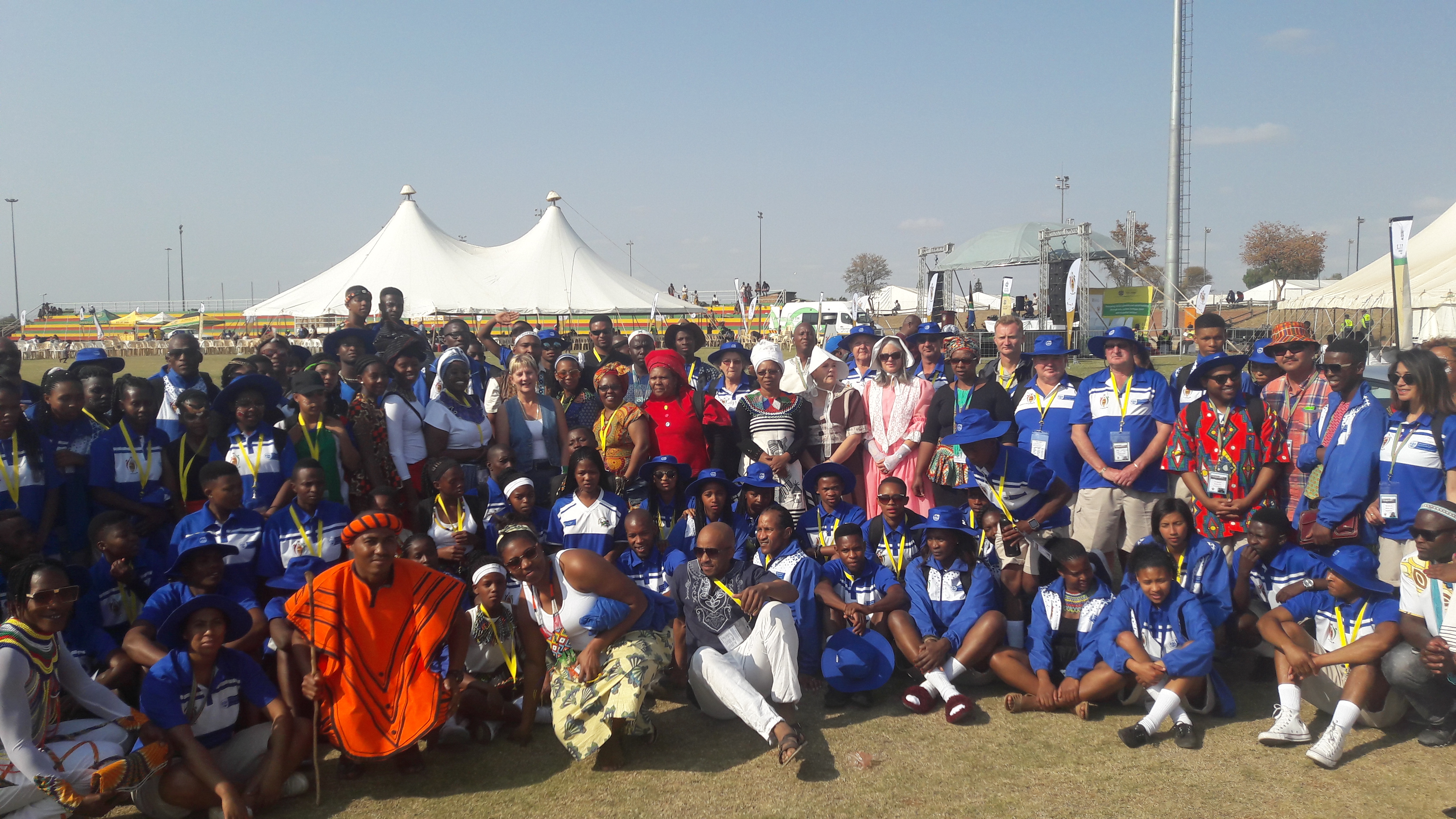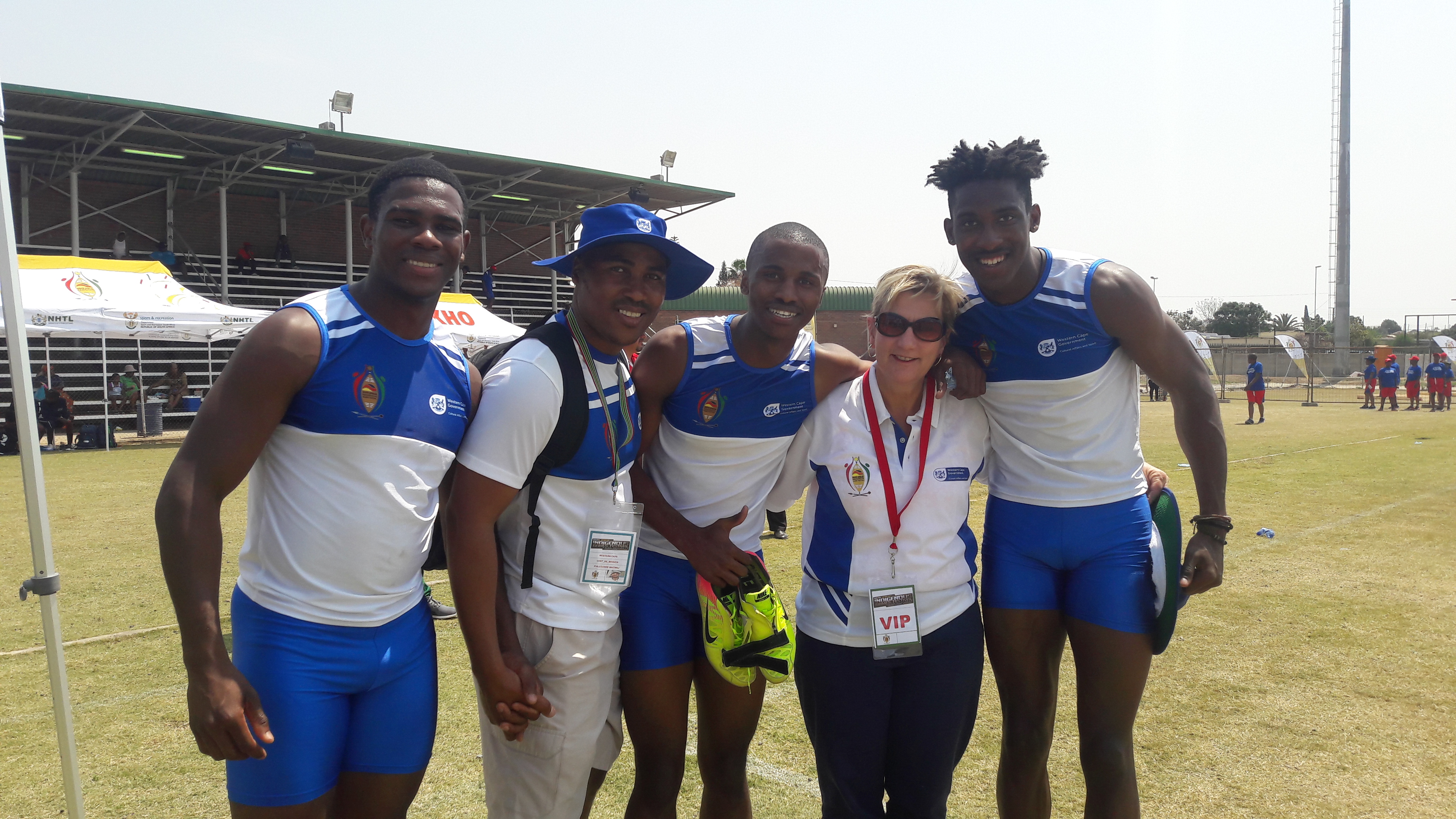
News
Minister Marais Celebrates Heritage Day At National Indigenous Games
In celebration of Heritage Month, Minister of Cultural Affairs and Sport, Anroux Marais personally supported team Western Cape at the 2017 National Indigenous Games in Polokwane, Limpopo.
On Sunday, 24 September 2017, Minister Marais officially opened the National Indigenous Games alongside other provincial counterparts, at the Seshego Sport Precinct. The week-long festival is scheduled to close on Friday, 29th of September 2017.
The 12th edition of the South African Indigenous Games Festival includes a range of activities rich in South Africa’s culture and heritage to promote Indigenous games, entertainment and foods. The Games serve to educate and affirm our cultural pride as South Africans.
Ahead of their departure, Minister Marais presented the 144 members of Team Western Cape with their provincial colours and kits.
During the official send-off ceremony Minister Marais said, “Despite South Africa’s rich history of indigenous games, many of them have become extinct. Much of these stories are lost as older generations pass on. Team Western Cape has been selected and it is now their duty to keep the traditional games alive in our communities for the benefit of future generations in our province. As we celebrate Heritage Day, let us do everything to revive and popularise these games as they part of our tradition and identity”.
All nine provinces are competing for the Indigenous Games Championship within 9 games codes: Dibeke, Diketo, Drie Stokkies, Intonga, Juskei, Kgati, Kho-Kho, Morabaraba as well as Ncuva.
Dibeke is a running ball game played by two teams of six boys and six girls each. The attacking team tries to kick the ball away from the defenders, while the defenders can use their hands to get the ball away from them. The attackers score when they have moved the ball down the entire length of the field. However, if one of the defenders tags an attacker with the ball, that player is rendered out. When all the attackers are out, the defenders get a chance to try and score.
Kho-kho has its origins in the Indian community. It is played by two teams of twelve. Eight players from the chasing team kneel, facing the other. The ninth player is the chaser. Three players from the other team are sent on as defenders. The chaser runs around the sitters chasing the defender, trying to touch them so that they would be out. The chaser can tag a sitter, shouting "kho", making that player the new chaser. When the first three are caught, the next three are sent on.
Kgati is a rope-skipping game in which two participants swing the skipping rope and the rest of the team jumps in a variety of choreographed styles, usually while singing or chanting.
In Diketo each player tries to grab the most stones, throw them in the air and catch them in one hand.
Jukskei is a traditional Afrikaner game, originating with early Afrikaner travellers who made use of ox wagons. In the game the players try to knock over an upright stick with a jukskei - the wooden pin used in an ox's yoke.
Ncuvu/Morula and Morabaraba is a well-known traditional board game and is played extensively throughout Africa. The traditional leaders used to select the best Morabaraba players to serve as advisors in traditional councils. The game uses a board made of wood with 214 junctions –circles or holes- on it and is strategically played by two players at a time with each player getting 12 different coloured tokens or stones, known as cows.
Intonga is a stick fighting game in which two fighters (combatants) take position inside a ring. Each fighter carries two sticks and tries to hit their opponent with the attack stick while defending themselves with the defence stick. Three adjudicators judge the match and records points scored by each combatant.
Drie-stokkies is played by opposing teams consisting of 6 players: three girls and three boys. Three sticks are placed one meter from each other on grass and players of the two teams then line up, run and start to jump mindful to only step once between the sticks. The last player to jump is known as the Stretcher and should jump to reach the furthest point with her/his attempt. The last stick is moved to where the stretcher’s heel lands. The teams then start from the other side to jump in the same sequence until only one finalist is left as the winner.
Stacy McLean
Spokesperson for Minister Anroux Marais
Email: Stacy.McLean@westerncape.gov.za
Tel: 021 483 4426
Cell: 083 504 1171





